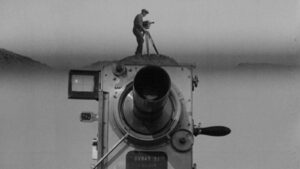From Man With A Movie Camera (1929) to The Sacrifice (1986), these are the best Russian movies ever made.
Russia has one of the oldest and most innovative film industries that has played a pivotal role in augmenting the language of cinema. The first Russian fictional film was made as early as 1908. By 1913 during the Tsarist regime, Russia had built a thriving film industry though it relied on American and Western European countries for film technology. Soon after the 1917 Russian Revolution, cinema became the Communist regime’s primary tool of education, propaganda, and communication.
In 1919, cinema was nationalized in Russia and VGIK, touted as the world’s first film school, was created. In the early days of the regime there were certain relaxations which encouraged filmmakers to constantly innovate the medium. This led to the path-breaking cinematic works of Sergei Eisenstein, Vsevolod Pudovkin, Alexander Dovzhenko, Dziga Vertov, Yakov Protazanov, Boris Barnet, and Lev Kuleshov. The remarkable theories on editing were developed and practiced during that period. However, between mid-1930 and mid-1950s, the cult of Stalinism spoiled the quality of Soviet Russian cinema.
When Stalin’s ideological grip on the Soviet Union started waning after his demise, Russian cinema went through a revival that lasted till the collapse of the Soviet Union in 1991. While the majority of Russian film productions conformed to the dogma of socialist realism, there were quite a few rebels who made unparalleled cinematic works despite the political and ideological obstacles. In fact, even in Vladimir Putin’s authoritarian, war-mongering post-Soviet Union Russia, traces of the rebellious attitude can be found in its cinema.
So without further ado, let’s look at some of the important and best movies from Russia and Soviet Russia:
1. Battleship Potemkin (1925)
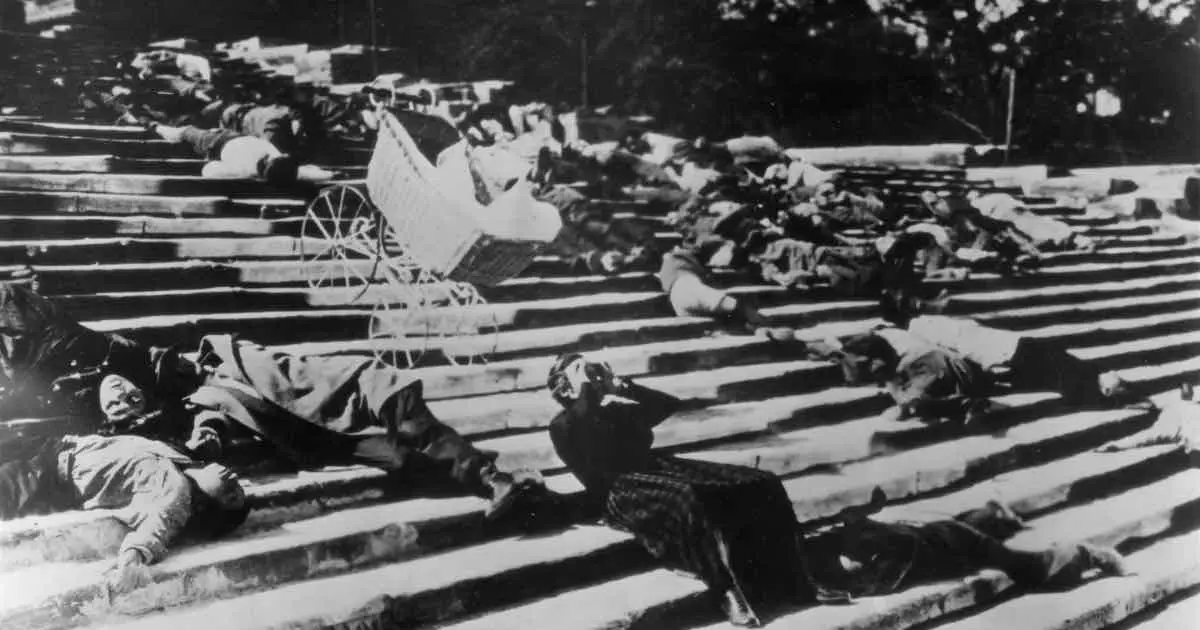
The Soviet avant-garde movement developed its own theory of montage in the early 1920s. Montage as a technique was already in use from Edwin Porter and D.W. Griffith era. But the ‘intellectual montage’ pioneered by Sergei Eisenstein and fellow Soviet filmmakers revolutionized cinema. Of course, Battleship Potemkin was not the first feature time Eisenstein used montage as a tool of political agitation. He did it in his 1924 film Strike.
However, the Odessa Steps sequence in Battleship Potemkin perfectly realized the cinematic art’s ability to elicit emotions. Set in the year 1905, the film chronicles a bloody revolution of a naval crew against the Tsarist regime. Even if we dismiss this as propaganda, there’s no denying the power of Eisenstein’s aesthetic choice and cuts.
2. Man With A Movie Camera (1929)
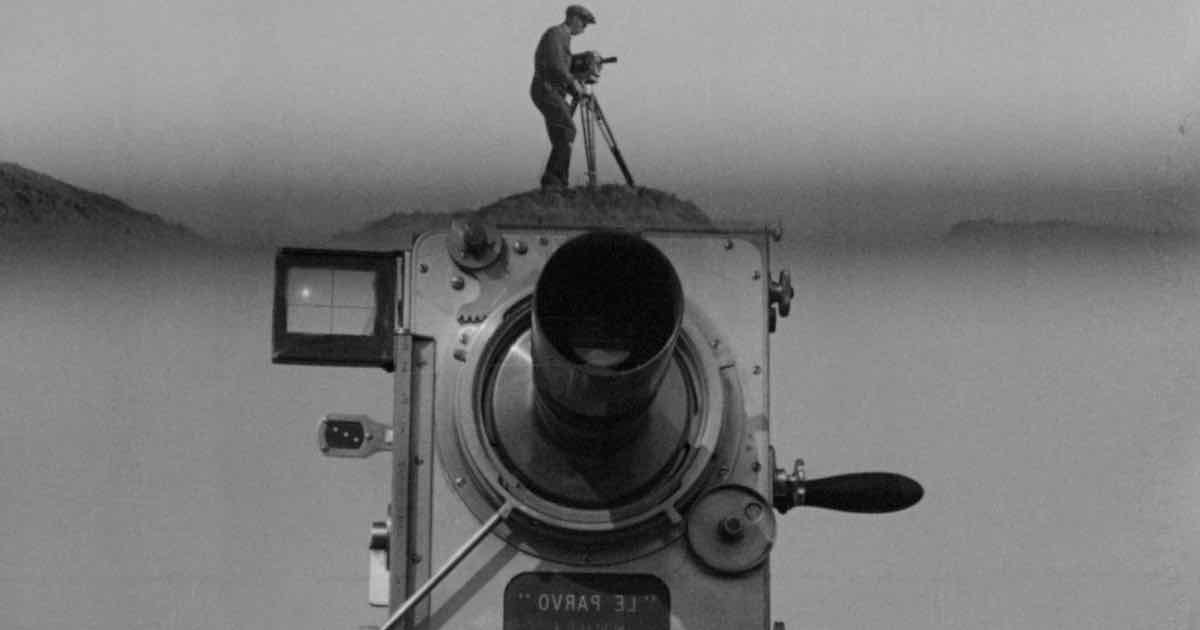
In 1922, Robert Flaherty made the ethno-fiction about Inuit indigenous people titled Nanook of the North, which shaped the documentary genre. But just when the limitations of documentary filmmaking were being perceived, Walther Ruttmann of Weimar-Germany made Berlin: Symphony of a Great City (1927). Though it wasn’t the first documentary about urban life experience, its collage of cinematic effects was astounding for its time.
Two years later, Polish-born Soviet director Dziga Vertov created an even more groundbreaking musical portrait of a city. From freeze-frame, split screen to superimposed montages, Vertov applied so many different techniques that later became part of modern cinema. Vertov’s brother and cinematographer Mikhail Kaufman and his assistant editor Elizaveta Svilova (Vertov’s wife) aided the filmmaker in bringing alive his radical ideas.
3. Earth (1930)
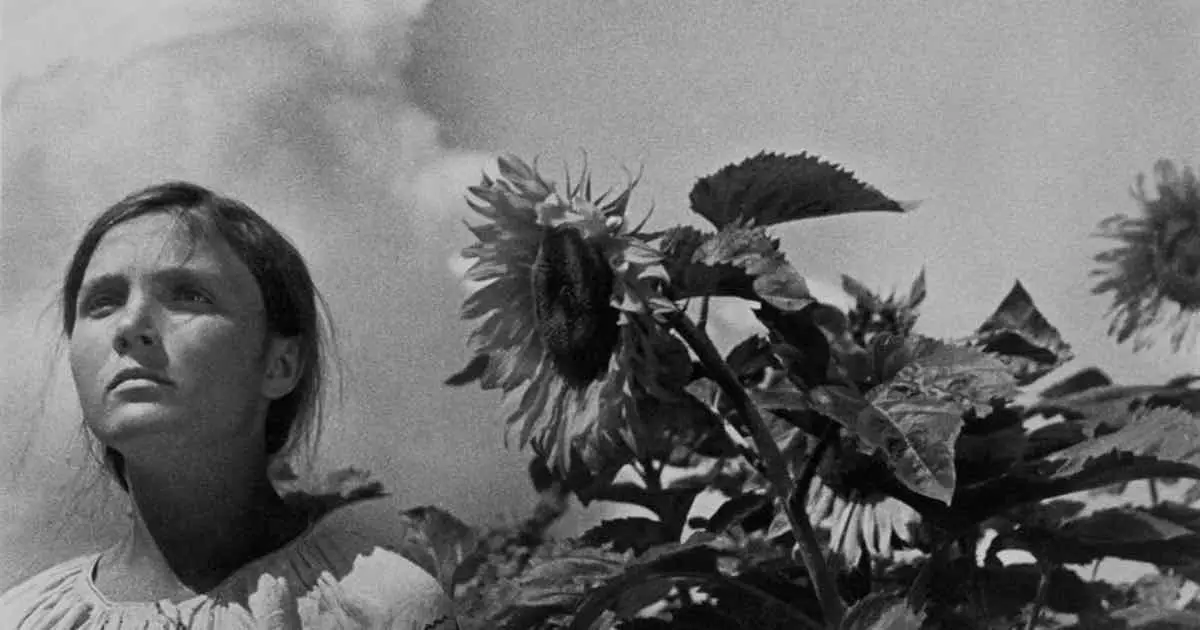
Ukrainian Soviet filmmaker Alexander Dovzhenko and the Russian Vsevolod Pudovkin haven’t garnered much critical acclaim like their contemporaries Eisenstein and Vertov. But both of them were also pioneers of Soviet montage theory. Dovzhenko’s unofficial War trilogy, in particular, remains a testament to the bewitching power of silent cinema. An intriguing Soviet propaganda, Earth is the final part of the trilogy.
It is a pro-collectivization film that showcases new hope for Ukrainian peasants in the Soviet Union. Between 1929 and 1933, the Soviet Union set out to transform the outdated modes of grain production. Stalin, particularly, wanted to address the acute shortage of grains by procuring peasants’ lands and forcing them to cultivate under collective farms. One unforgettable cost of collectivization is the mass killings of ‘Kulaks’, the prosperous peasant class, by Stalin in the 1930s.
Dovzhenko’s bravura techniques to visualize the rural serenity and old ways of farming bestow profound lyricism to the engaging narrative.
4. The Cranes Are Flying (1957)
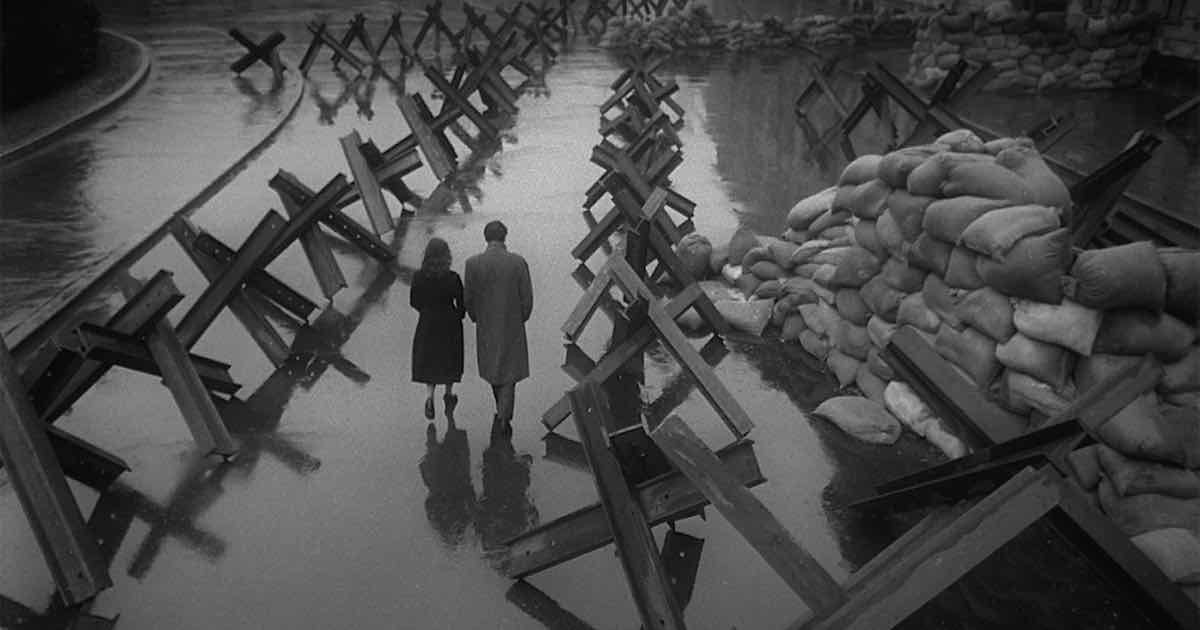
Winner of the Palme d’Or at the Cannes, Mikhail Kalatozov’s anti-war masterpiece tells the story of two young people, Boris and Veronica. Just when the young lovers plan to get married, Nazi Germany invades USSR. Boris volunteers to join the Soviet army Boris volunteers to join the Soviet army. Subsequently, a tragic chain of events befall Boris and Veronica. The Cranes are Flying is an important film in Russian history for two reasons.
One, it was the first major film after Khrushchev’s Thaw – a period following Stalin’s demise where a portion of his crimes were denounced and freedom of speech was promised. Therefore, Cranes are Flying offers a more complex drama than an average Soviet war-time picture. Second, for Kalatozov’s stunning imagery. Some of the camera movements and shot selections were absolutely pathbreaking for its time.
5. Ballad of a Soldier (1959)

Grigori Chukhrai was one of the gifted masters of Soviet cinema. He graduated from Moscow’s VGIK (All-Union State Institute of Cinematography). He studied under the guidance of Mikhail Romm, the veteran Soviet filmmaker best known for his documentary about fascism, The Triumph Over Violence (1965). Chukhrai’s debut feature was the popular The Forty-First (1956), a tale of romance set during the Russian Civil War. His next film Ballad of a Soldier is a profoundly elegiac drama on the sufferings of ordinary Russians in their fight against the Nazi war machine.
Twenty million Russian lives were lost in World War II. Chukhrai’s humane drama looks at that tragic cost through one young man’s last journey. The film is largely free of melodrama or the usual Soviet ideological rhetoric.
6. Hamlet (1964)
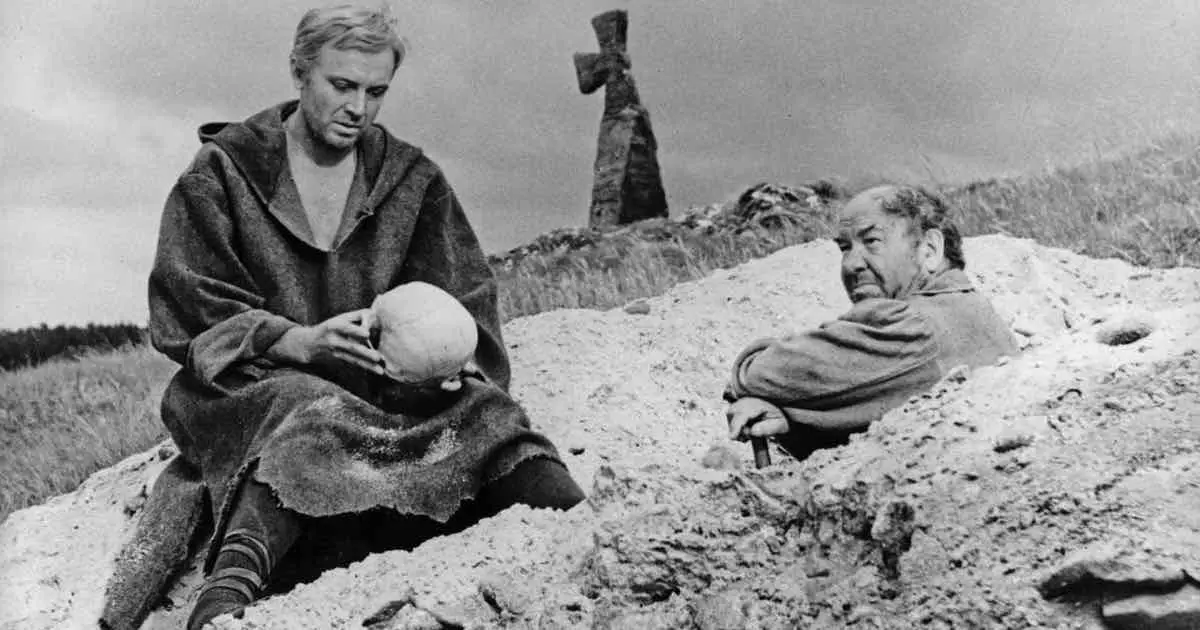
It’s extremely tough to translate the tone and themes of Shakespeare’s plays to screen. Grigori Kozintsev is one of the few successful filmmakers to perfectly adapt the works of Shakespeare. Critics and thespians agree that the definitive screen version of Shakespeare’s lengthiest play was Kozintsev’s Hamlet (1964). Though the filmmaker had to cut several scenes to fit the standard feature-film length, Kozintsev’s expressionist filmmaking is profoundly impactful.
The film has magnificent production values as it took months to build the medieval castle sets. Kozintsev also used the beautiful landscapes to great effect. Moreover, all the performances are top-notch, particularly Smoktunovsky’s effective portrayal of the eponymous character.
7. War and Peace (1965)
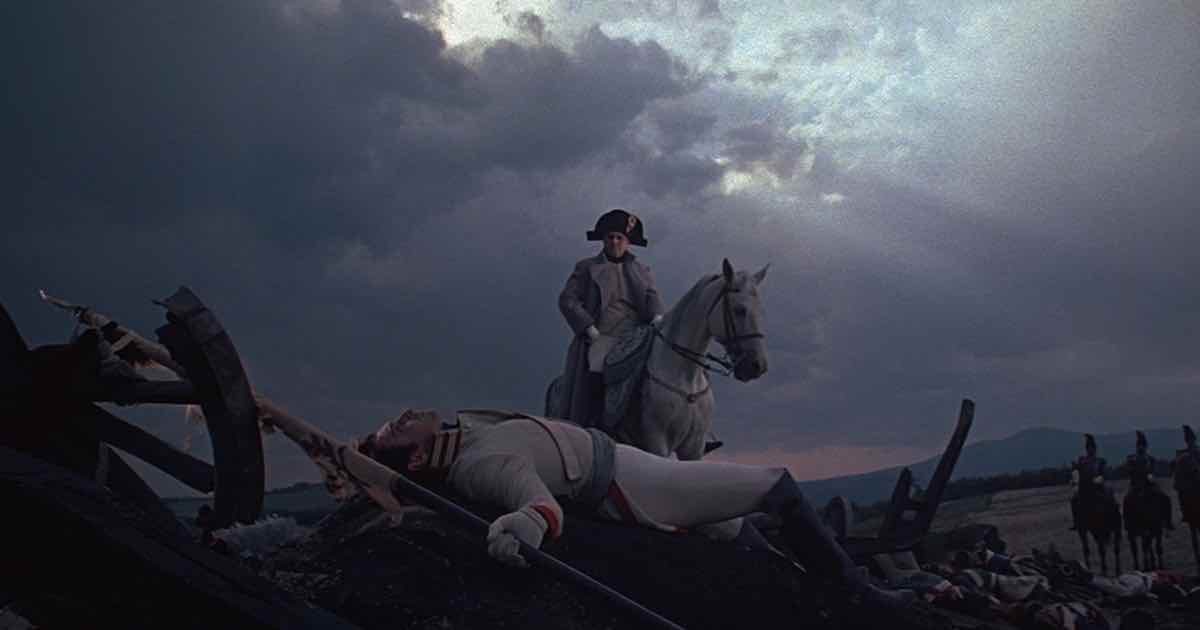
Actor and filmmaker Sergey Bondarchuk was born and raised in Southern Ukraine. After the war he graduated from VGIK and enjoyed great success in theater. In 1959, he made his directorial debut Fate of a Man. His next project was a highly ambitious one: the 400-minute adaptation of Leo Tolstoy’s War and Peace. Unlike many of his contemporaries, Bondarchuk enjoyed some creative independence. It was due to him partaking in Soviet propaganda.
Yet, his adaptation of Tolstoy’s masterpiece perfectly realizes the tale’s epic scope. It became the most expensive film in Soviet history, and in terms of production values, can compete with the works of David Lean. Bondarchuk proved to be a master in not just staging epic action, but also while vividly capturing the individual conflicts. The film received an Academy Award for Best Foreign Film.
8. Shadows of Forgotten Ancestors (1965)

Sergei Parajanov is a visual poet known for his subversive narrative style and opulent color palette. Born in Soviet Georgia, Parajanov was an Armenian, who was also a painter and a musician. He started his film career as a documentarian, but at the age of 40, started making highly imaginative dramas that went against the Soviet diktat of socialist realism.
Shadow of Forgotten Ancestors was the first of his four important and dazzling experimental dramas. It was based on a classic novel by Ukrainian writer Mykhailo Kotsiubynsky. Set in the remote, rural Carpathian Mountains in the 19th century, it tells a fascinating and tragic love story. What’s glorious about the film was the poetic exploration of a culture and tradition that’s far removed from modern Soviet society.
9. I Am Twenty (1965)
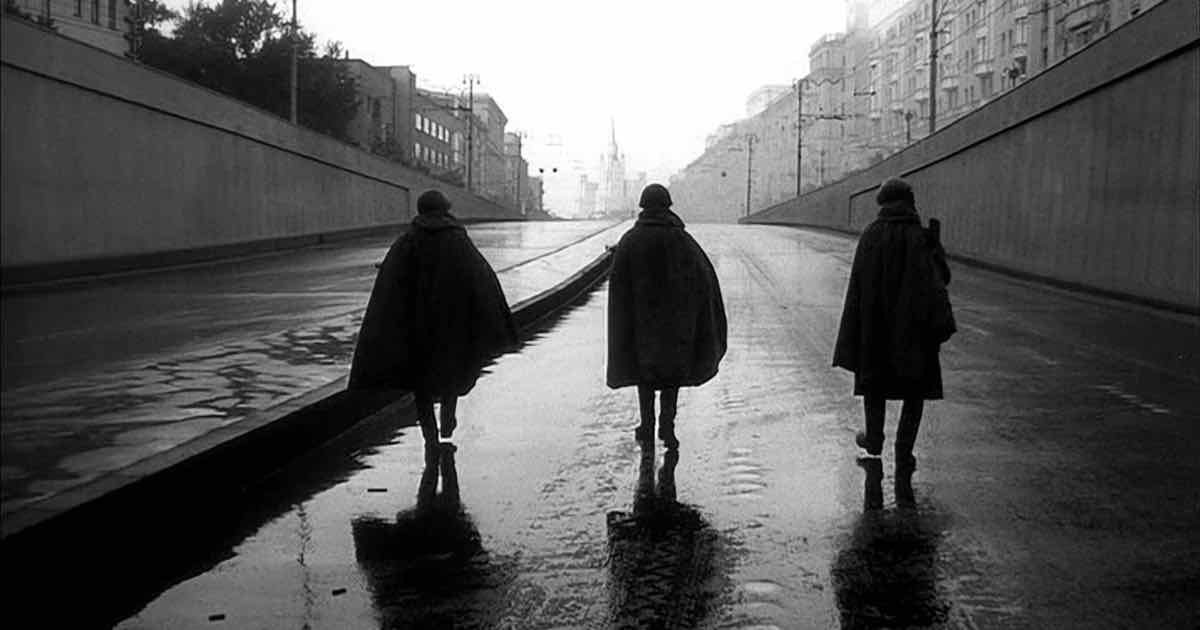
Marlen Khutsiev was a Georgian-born Soviet filmmaker. Both Mikhail Kalatozov and Khutsiev could be considered as the under-appreciated masters of modern cinema. A graduate of VGIK, Khutsiev learned filmmaking from popular Soviet filmmaker Igor Savchenko. In 1956, Khutsiev made his first film, Spring on Zarechnaya Street, a highly representative work of the Khrushchev Thaw and the New Soviet cinema.
I Am Twenty was Khutsiev’s magnum opus. It revolved around a young disillusioned man, returning home after his military service. Full of sweeping crane shots, the film is a study of Moscow Youth and its changing cultural landscape. Nikita Khrushchev, however, found the film unpatriotic. It was banned for a short time and then Khutsiev re-worked as per the censors’ orders. It was later restored in 1987 and gained its classic status.
10. Andrei Rublev (1966)

Andrei Tarkovsky is inarguably the famous Russian filmmaker who was well-known outside the Soviet Union. His distinct approach in using cinematic space and time greatly influenced arthouse cinema. Tarkovsky started defying traditional cinematic narrative right from his second film Andrei Rublev. The eponymous character was an icon painter, but this is not a biopic.
Through Rubelv’s life, Tarkovsky also examines the ideals of turbulent medieval Russian society. At the same time, Tarkovsky doesn’t direct it as a historical drama. It’s deeply contemplative and surreal, and explores themes beyond the personal and social context. Tarkovsky’s compositions and elaborate camera movements were considered to be astounding for its time.
11. White Sun of the Desert (1970)
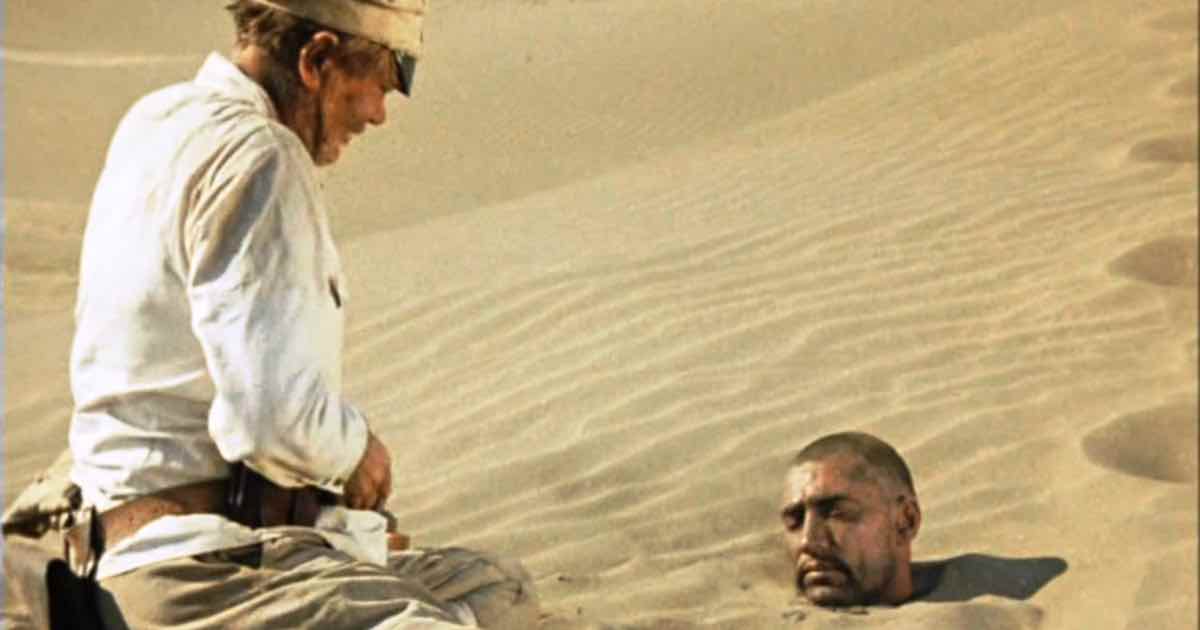
Vladimir Motyl’s action adventure carries the influences of Spaghetti Westerns. White Sun of the Desert is one of the most popular movies among Russian people. It’s such a classic that Russian astronauts watch it as a tradition before setting out on their missions.
The film reminds us of a good pulp fiction. It follows the adventures of an experienced and rugged army officer named Fyodor Sukhov. He is on his way home to see his wife after a duty near the Caspian Sea. However, Sukhov’s path crosses with an infamous bandit named Abdullah. White Sun of the Desert is a highly entertaining, light-hearted adventure with plenty of cool characters, shot in exotic locations.
12. King Lear (1970)

Kozintsev’s Shakespeare films are the grittiest among all screen adaptations. Due to the language barrier, the beauty of Shakespeare’s prose is lost in translation. Novelist Boris Pasternak is said to have done the poetic translation of the original text. At the same time, Kozintsev’s atmospheric visuals (full of rain, mud and fields), the fantastic art direction, and enjoyable theatrical performances nicely capture the complexity and subtlety of Shakespeare tales.
In fact, Kozintsev himself has said that the object of his adaptations is to ‘not preserve the text, but the inherent metaphor’. In that manner, Kozintsev’s Hamlet and King Lear are brilliant renderings. Estonian actor Juri Jarvet’s central performance as the mad king is absolutely riveting.
13. Trial on the Road (1971)
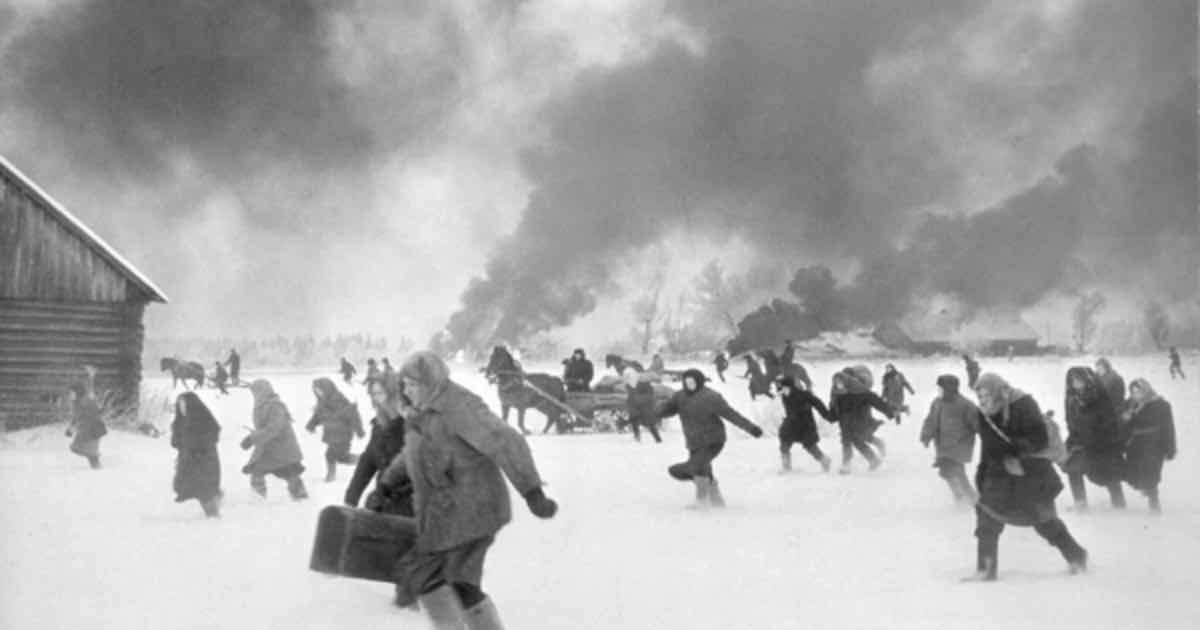
Aleksei German was one of the greatest filmmakers from Russia, considered by many an equal of Andrei Tarkovsky. Yet German never achieved such international acclaim largely due to the draconian measures of the Soviet censors. He directed only 6 movies in his four-decade career. The Soviet establishment played a key role in his limited output. Yet almost all of his works demand our attention.
Trial on the Road was a demythicized account of the Great Patriotic War (1941-1945). It’s based on the short story written by the renowned author (and Aleksei’s father) Yuri German. The narrative explores the complexities involved behind the alleged heroic acts in a battlefield. The film challenged Soviet doctrines in many ways and carries a more ambiguous and ironical tone.
14. Mirror (1974)
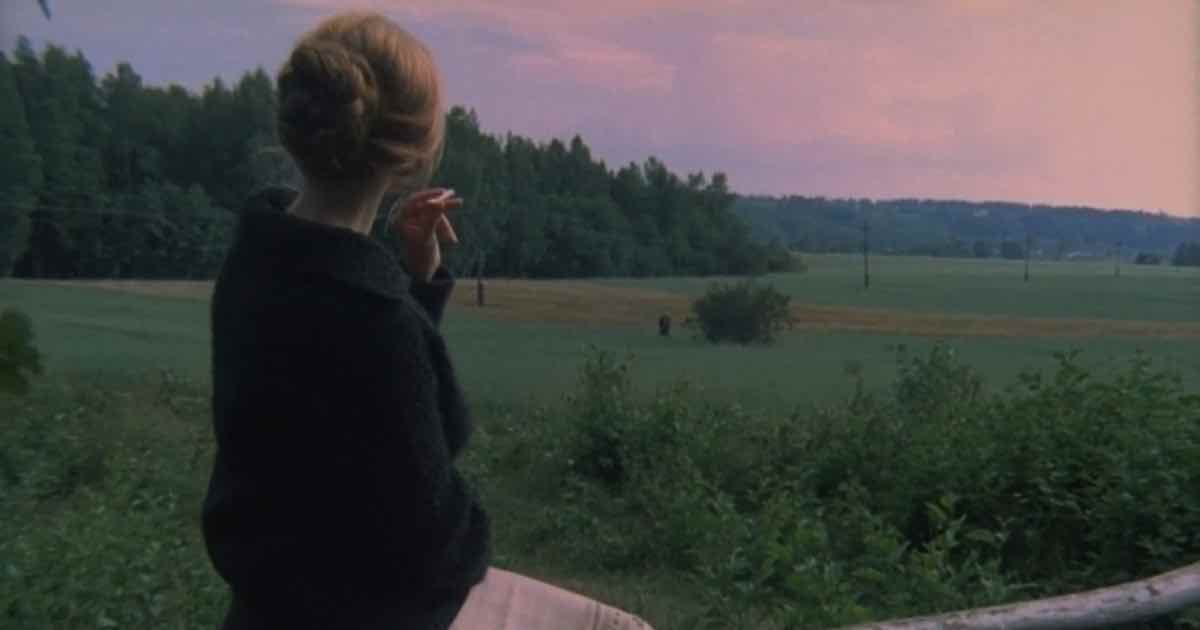
Mirror is known as Andrei Tarkovsky’s most personal work and yet his most impenetrable. It’s a mood piece with deep philosophy, mysticism and stunning imagery. The film’s non-linear narrative depicts the life of a fictional dying poet Alexei. Various stages of the poet’s life are enacted by different performers. However, in Mirror’s sublime aesthetic universe, events succeed each other without a coherent flow.
Tarkovsky’s idea here is to deeply explore a person’s memory and his spiritual journey without opting for an analytic interpretation. Repeat viewings and patience are essential to absorb the dreamlike aural and visual motifs. Mirror is definitely not the right film to start exploring Tarkovsky’s filmography, since it can only be appreciated by viewers who have overcome their initial frustration with the master’s works.
15. The Ascent (1977)

Right from the early 20th century, women played an important role in the Soviet film industry though they weren’t as much recognized as Eisenstein or Vertov. In the 1960s, there were quite a few female Soviet filmmakers who proved their artistry and talent. Kira Muratova, Tatyana Lioznova, and Dinara Asanova. But the greatest among them was Ukraine-born Larisa Shepitko. Her pacifist anti-war masterpiece The Ascent brought her international acclaim. Unfortunately, Shepitko died in a car accident in 1979 at the age of 40.
The Ascent was Shepitko’s fourth feature film and it revolves around two Belorussian soldiers on a doomed mission to seek help for their unit that’s surrounded by Nazi forces. It all leads to a chilling climax which delivers Shepitko’s potent message against war.
16. Office Romance (1977)
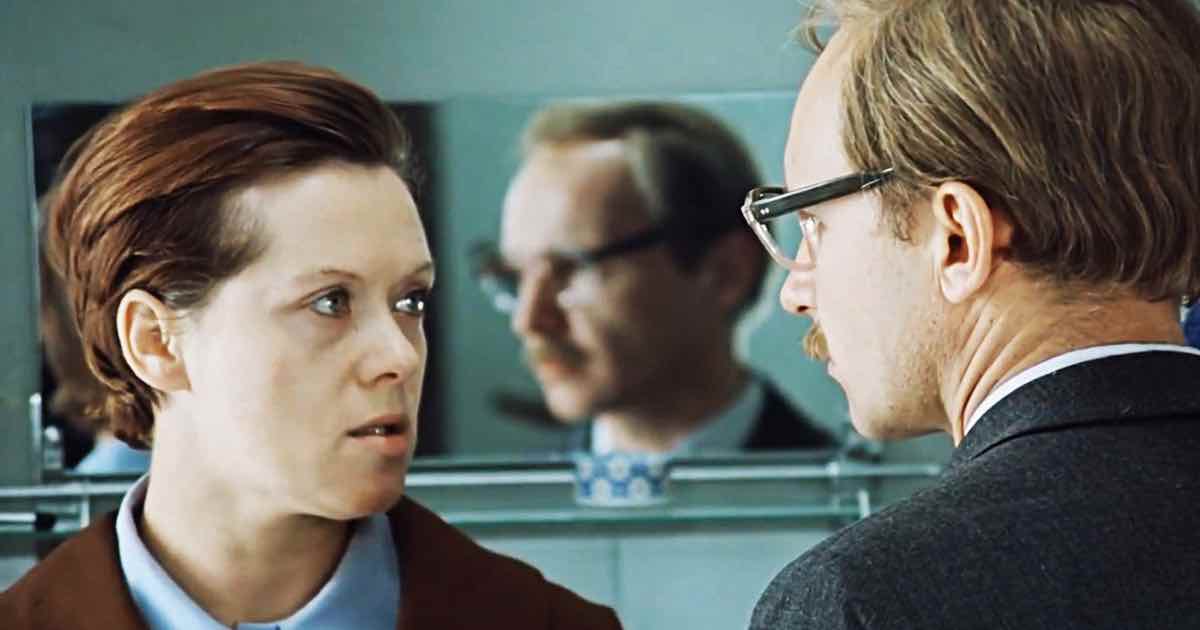
People outside Soviet Russia largely viewed the country’s films as bleak, philosophical, and politically biased. But Soviet cinema didn’t just have its share of rebels, it also had a great number of entertaining directors. In fact, the Soviet Union had a great number of comedy genre filmmakers including Leonid Gaidai, Vladimir Menshov, and Eldar Ryazanov. Gaidai’s Diamond Arm (1969) and Ivan Vasilievich Changes Profession (1973) were the most popular comedy films among Russian viewers. Yet my favorite among the era’s comedies was Ryazanov’s Office Romance.
It’s a delightfully entertaining love story unfolding between a lonely, dissatisfied office worker and his grumpy superior, Kalugina. Apart from being an amusing tale of romance, Ryazanov’s films offer a good window to look into the everyday life of ordinary Russian people.
17. Stalker (1979)
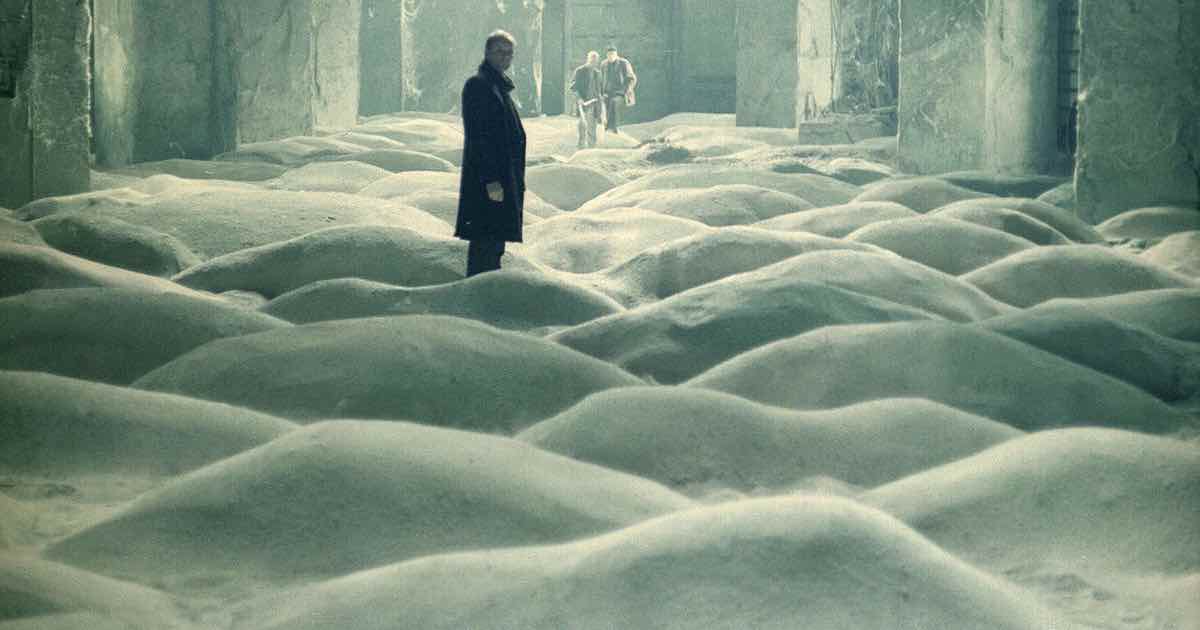
Stalker was Andrei Tarkovsky’s adaptation of the popular Soviet sci-fi novel Roadside Picnic by Boris and Arkady Strugatsky. He previously adapted Stanisław Lem’s seminal sci-fi story Solaris in 1972. Stalker was clearly a magnificent adaptation that greatly expands on the themes of Strugatsky brothers. The narrative is set in the mysterious Zone where a meteor landed a few years before. It’s rumored that a lot of strange things happen within the Zone and it is under military control. However, people known as stalkers make their living by providing illegal pilgrimage to the Zone.
Critics often see Stalker as a parable on Chernobyl and the Soviet Union on the whole. But there’s much more to it, as Tarkovsky raises many deep philosophical and spiritual questions.
18. Repentance (1984)

Tengiz Abuladze is one of the pioneers of Soviet Georgian cinema. He is known in the West for his Anti-Stalin masterpiece Repentance (1984). It was the last part of Abuladze’s unofficial Georgian trilogy. Before that he made The Plea (1967) and The Wishing Tree (1976). Repentance revolves around the death of an elderly tyrant Varlam Aravidze, who was the mayor of a small Georgian town. His corpse is repeatedly disinterred and the subsequent events lead to the unearthing of the dark secrets from the past.
Varlam stands as a universalized representation of an authoritarian figure. At the same time, his atrocious behaviour powerfully evokes the terror of Stalin’s regime.
Abuladze’s surrealist imagery and black humor are also important elements of the narrative.
19. Come and See (1985)

There have been many films in the history of cinema that have tried to capture the horrors of war with a sense of realism. But nothing competes with Elem Klimov’s Come and See which recounts the nightmarish atrocities of Nazi war machine through a young Russian boy’s perspective. Florya loses his innocence as he witnesses the unrelenting massacre of his people by the sadistic German soldiers.
Though Come and See is a blunt reminder of the historical past, Klimov doesn’t simply rely on an explicit showcase of the horrific events. Klimov also focuses on Florya’s trauma and there are occasional surreal moments that drive home Florya’s disorientation. Come and See was made in the 40th year of Russia’s victory in World War II. But there’s none of the nationalist fervor that usually dominates Soviet cinema.
20. Dead Man’s Letters (1986)
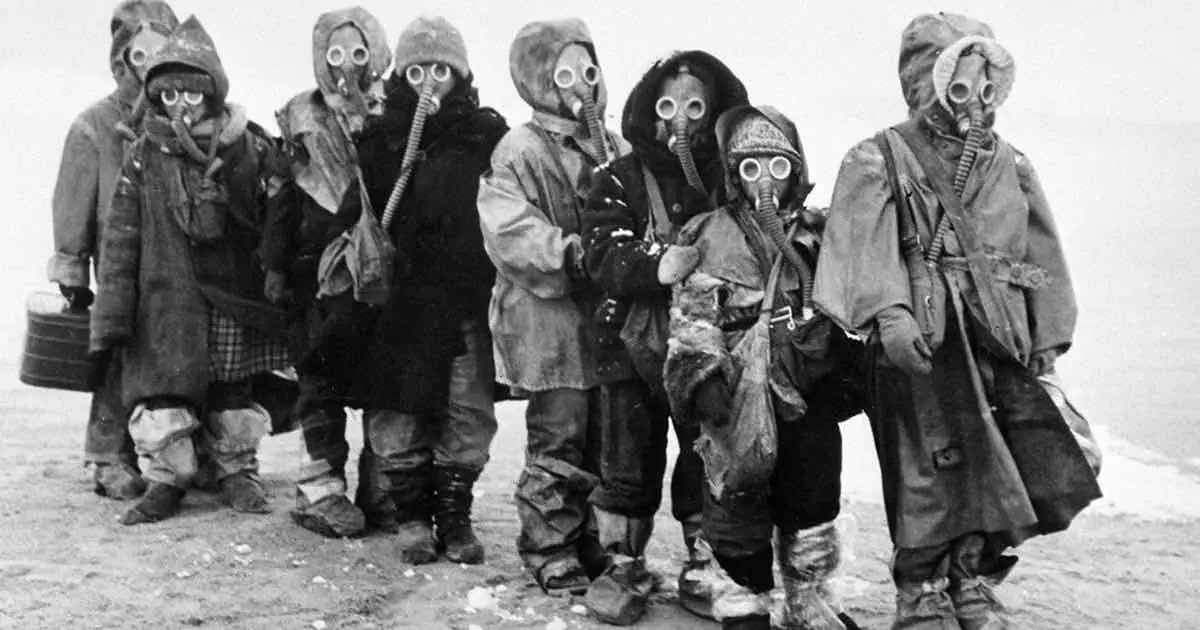
Konstantin Lopushansky’s Dead Man’s Letters is the first of the filmmaker’s unofficial apocalypse trilogy. It’s followed by Visitor to a Museum (1989) and The Russian Symphony (1994). Lopushansky assisted Tarkovsky during Stalker, and the film’s influence can be seen in his works. The 1980s was the era of social and economic stagnation in the Soviet Union before its ultimate collapse in 1991.
Lopushansky’s film addresses this subject through a post-apocalyptic narrative where life goes on despite a deadly nuclear blast. More than the subject matter, the style dominates the narrative, particularly the color tinting that adds to the nightmarish atmosphere. Interestingly, there are also plenty of unambiguous religious symbolisms which are uncommon for Soviet cinema.
21. The Sacrifice (1986)

The Sacrifice captures the moment of crisis in a retired professor’s life. It was made when Tarkovsky himself was suffering from cancer. He passed away shortly after making it at the age of 54. The film opens with world-weary Swedish professor Alexander learning that the world is at the brink of World War III.
Tarkovsky shot Sacrifice in Sweden with the aid of Bergman’s production company. The Russian auteur greatly admired Bergman, and the Swedish master was equally astounded by Tarkovsky’s mastery over visual language. In a lot of ways, Tarkovsky’s swan song provides a bold and poignant statement on life, mortality, and man’s place in the world.
22. Kin-dza-dza! (1986)
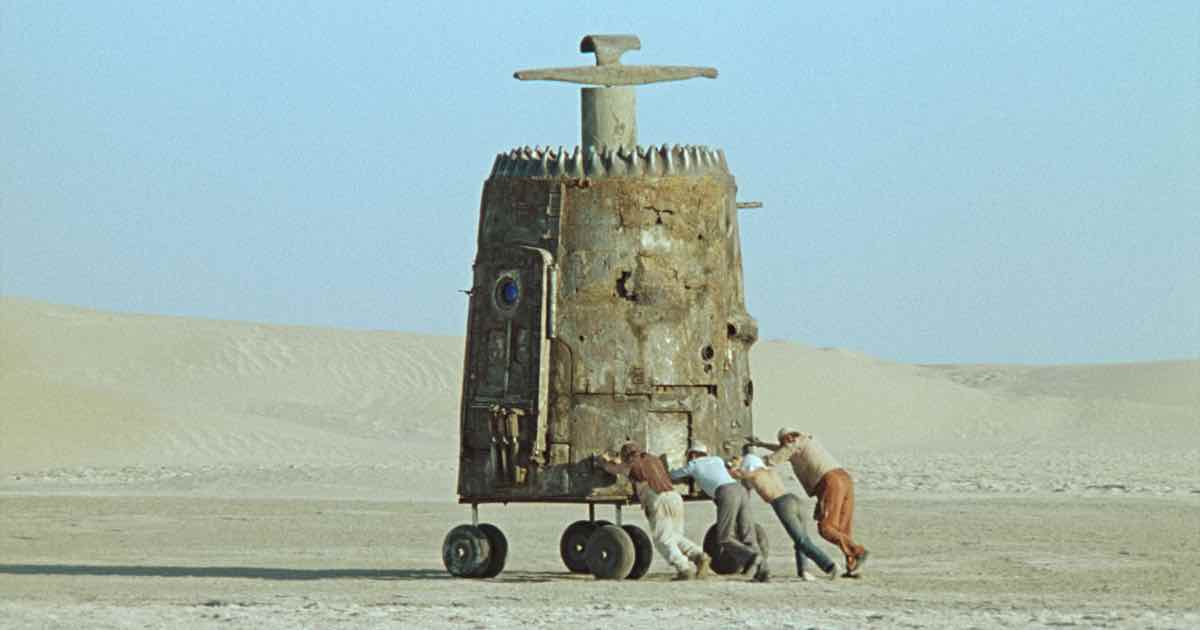
Georgian-born Georgiy Daneliya was known for his observational comedies like Walking the Streets of Moscow (1964), Afonya (1975), and Mimino (1977). With the low-budget sci-fi fantasy Kin-dza-dza!, Daneliya switched to satirical comedy. It tells the tale of two Muscovites who are accidentally sent to a desert planet. The duo tries to make their way back while navigating through the absurd class hierarchy in the planet.
Kin-dza-dza not only satirizes the political and social issues of the era, but also makes fun of the absurdity inherent to the human condition. Daneliya deals with heavy themes of environmentalism, racism, and resource scarcity but retains the amusing, light-hearted tone.
23. Heart of a Dog (1988)
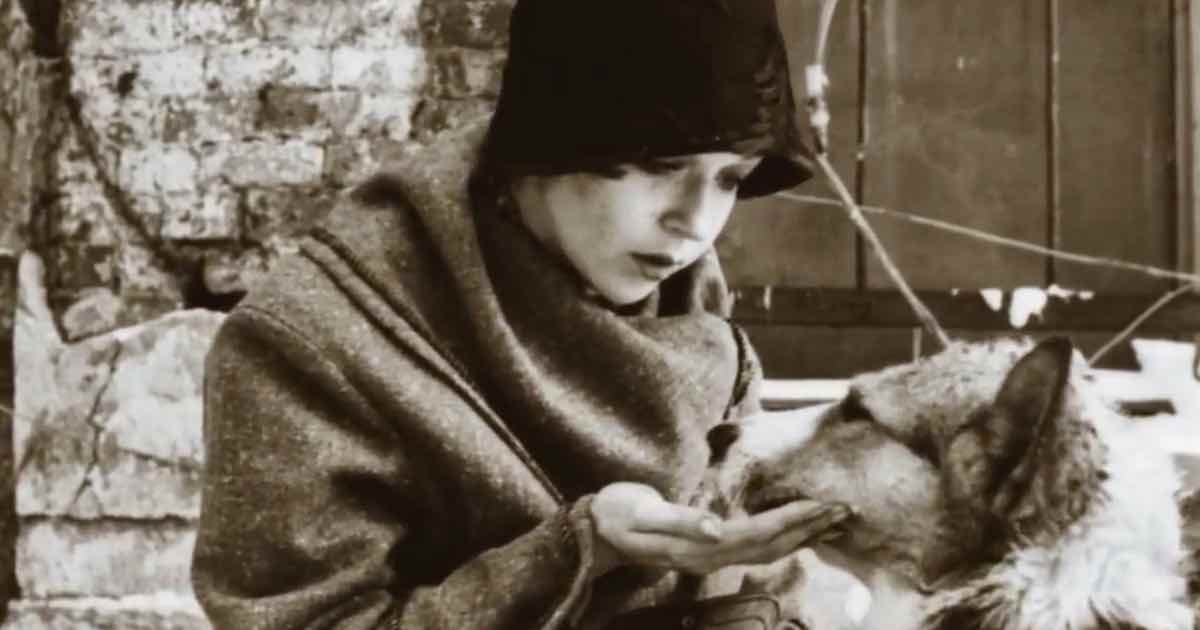
Vladimir Bortko’s cult classic is based on Mikhail Bulgakov’s 1925 novel which was long banned in the Soviet Union. The story, set in Moscow shortly after the October Revolution, revolves around an old surgeon. He and his younger colleague conduct an experiment that leads to the surgical transformation of a dog into a man. Bortko brilliantly employs monochrome photography to realize this socio-political allegory of the Soviet era.
The film also opens in a brilliant fashion as we experience the desolate surroundings of a wintry Moscow from the perspective of a frustrated stray dog. While Bulgakov’s story is a biting satire on Communism, Bortko’s adaptation is subtle enough to direct its critique on bourgeois culture.
24. Brother (1997)
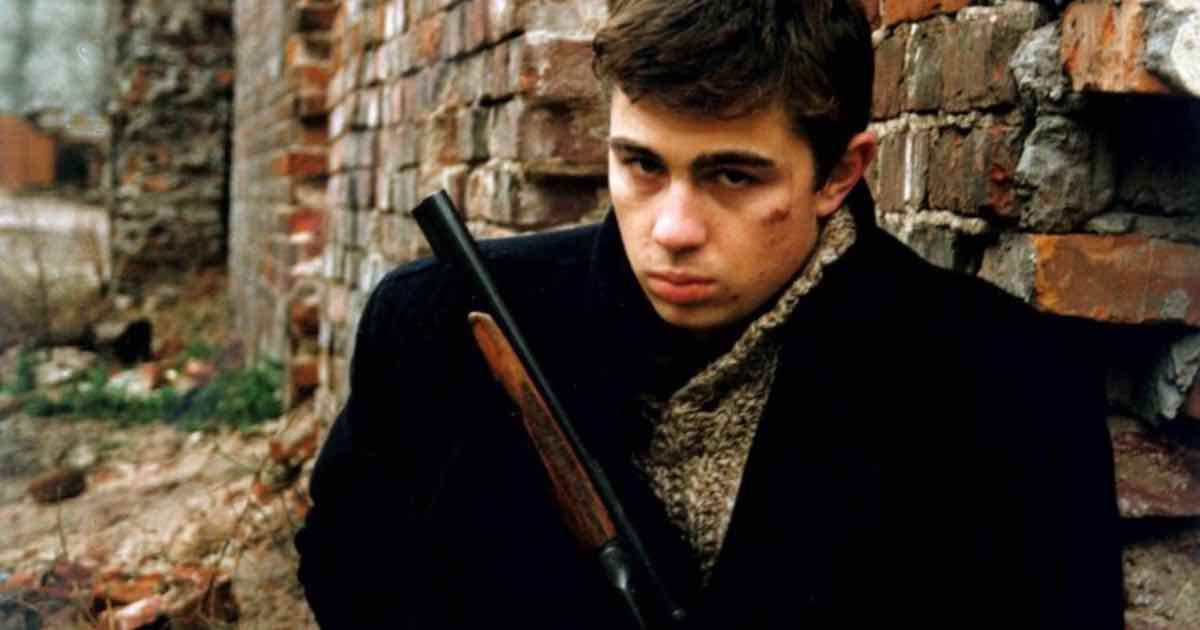
Aleksey Balabanov is the modern master of Russian cinema who captured the turbulent 90s Russia without a moralizing or judgmental tone. He repeatedly deals with themes of violence, evil and cruelty. Brother has the look and feel of a Western gangster drama. At the same time, there’s a deeper political commentary. And Balabanov looks at his nation’s future with an air of unrelenting pessimism.
The charming Sergei Bodrov Jr. plays the protagonist Danila, an unemployed youth back from the Chechen war. He goes to meet his brother in St. Petersburg and find some work. His brother, who works for the Russian mob, hires him into his line of work. Though Brother features a simple plot, the filmmaker observes the Russian attitude of the time and its severe economic downfall.
25. Russian Ark (2002)
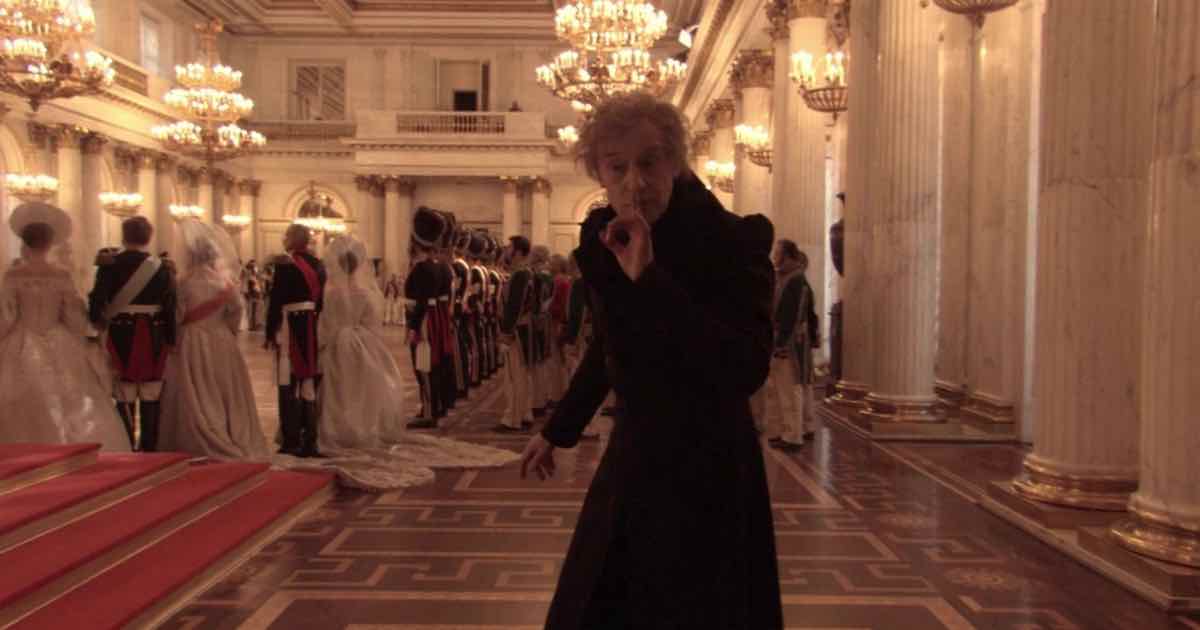
Alexander Sokurov is known as the spiritual heir of Andrei Tarkovsky. He claims Tarkovsky’s Mirror as one of his deepest influences. Sokurov gained international acclaim with his 1997 film Mother and Son. American writer and activist Susan Sontag admired his films much. Russian Ark was one of his boldest experimental works which attempts to showcase his nation’s history through a time-traveling walk into St. Petersburg’s State Hermitage Museum.
The film’s 96 minutes comprises a single unbroken steadicam shot which took a few years to develop and few rehearsals before getting it right. There isn’t much of a narrative here. Yet the singular aesthetic approach will definitely draw you in and never overstay its welcome.
26. The Banishment (2007)
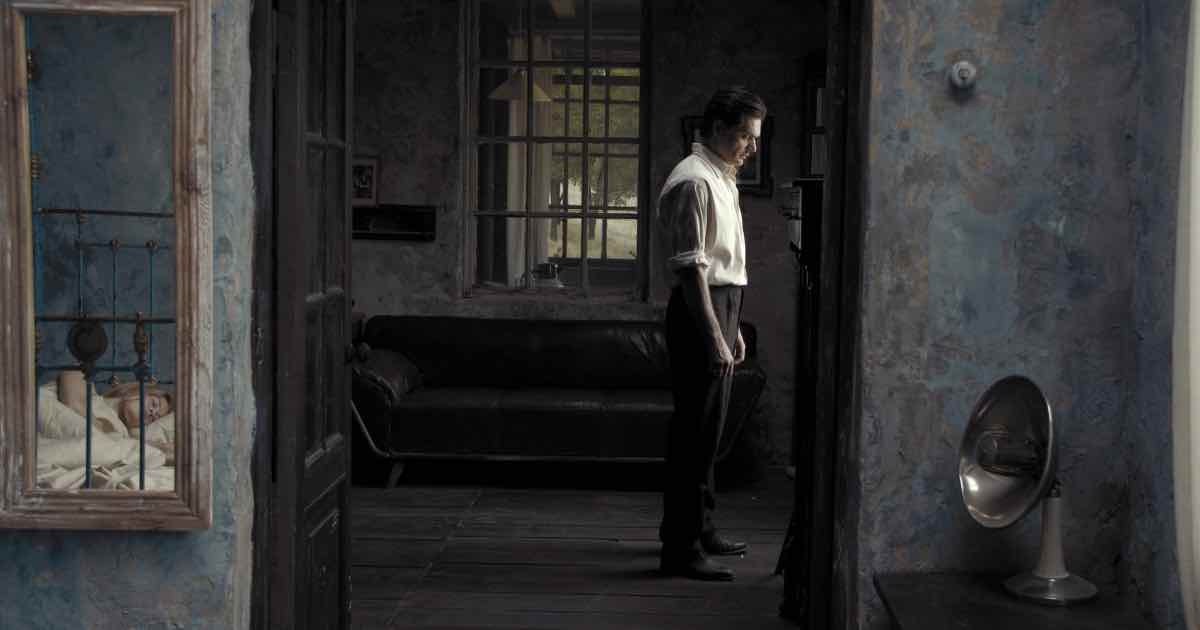
Andrey Zvyagintsev is known for his frank portrayal of 21st century Russia, and hence faced some minor persecutions from the regime. His directorial debut The Return (2003) won the Golden Lion at the Venice Film Festival and is widely regarded as a masterpiece. However, his sophomore effort The Banishment, a tragic family drama received mixed reviews and remains largely overlooked among his oeuvre.
The Banishment is a highly intriguing and beautifully performed drama about a family slowly breaking down. It definitely demands patience to process its dense imagery and puzzling characterizations. Yet once we fully comprehend Zvyagintsev’s multi-layered display of the familial conflicts, the film keeps growing on us.
27. Cargo 200 (2007)

Aleksey Balabanov’s Cargo 200 is one of the most disturbing movies ever made. What shocks us about the film isn’t just the graphic violence, but the escalating sense of dread and the ironic pessimistic tone. The title refers to the coffins in which the Russian soldiers were sent home from the Afghanistan battlefield. The narrative is set in the mid-1980s when the Soviet Union’s social and economic structures were rapidly falling apart.
A young couple are on an evening out in the grim socio-political climate when an unhinged, corrupt police officer abducts the woman, the daughter of a big shot government official. Balabanov effortlessly adds elements of absurdism and dark satire throughout the horror narrative. It’s anything but an easy watch. Nevertheless, it’s an undeniably powerful film on the disintegration of late Soviet society.
28. Hard to be God (2013)
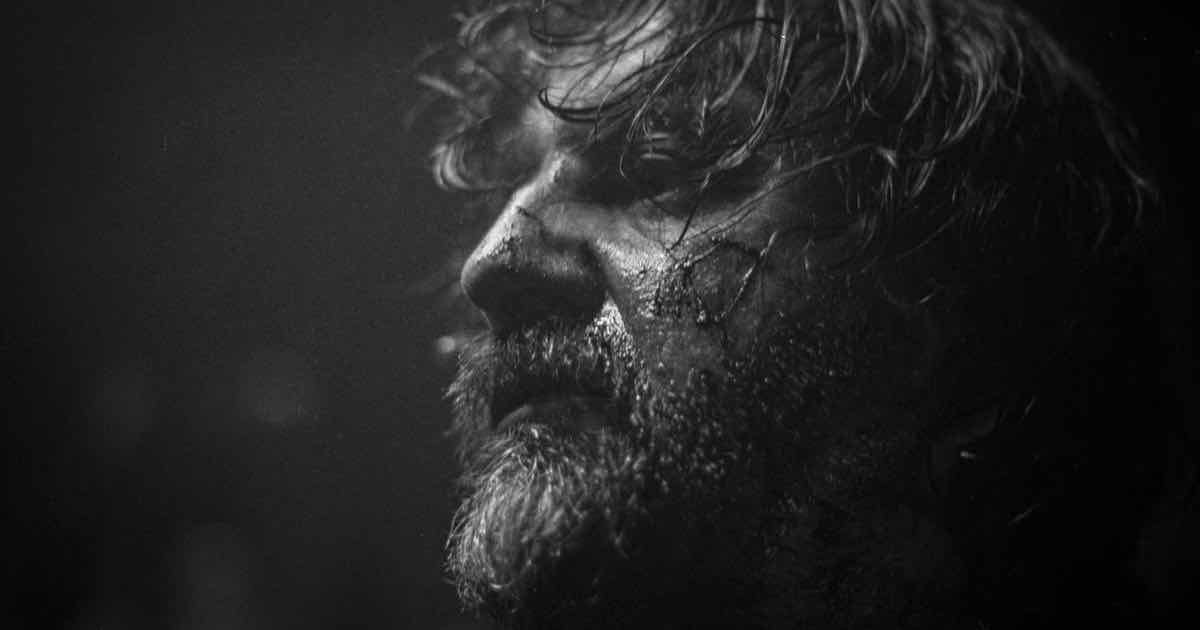
Aleksei German’s slow-burn sci-fi epic was based on Sturgatsky brothers’ popular 1964 novel of the same name. It revolves around a group of scientists sent to a planet named Arkanar. Their mission is to study and guide the local civilization, which is going through the brutal medieval phase. Hard to be God was German’s passion project. He was trying to adapt the novel from the mid-1960s. But due to budgetary constraints, German waited for decades.
The film was shot between 2000 and 2006. Several hurdles plagued the film’s production. And the post-production work took even longer. The film was released only a few months after German’s demise in February 2013. Hard to be God is a disorienting and grim movie experience. It gets under your skin and is a film that is hard to shake off.
29. The Postman’s White Nights (2014)

Veteran Russian filmmaker Andrei Konchalovsky has been making films since the mid-1960s. He has made a few successful Hollywood films including Runaway Train (1985). The Postman’s White Nights is a much modest and quieter work which nevertheless stands out due to its understated naturalism. The film offers a documentary-like portrait of a small village community in remote Northern Russia. The villagers’ important link to the outside world is their postman who travels to and from the mainland by boat.
Though it’s a slow drama on ordinary folks’ quotidian life, the kind of simple life Konchalovsky showcases here is vanishing fast due to the fierce march of neoliberalism. Hence, it remains as a beautiful and evocative document of a life untouched by modernity.
30. Leviathan (2014)
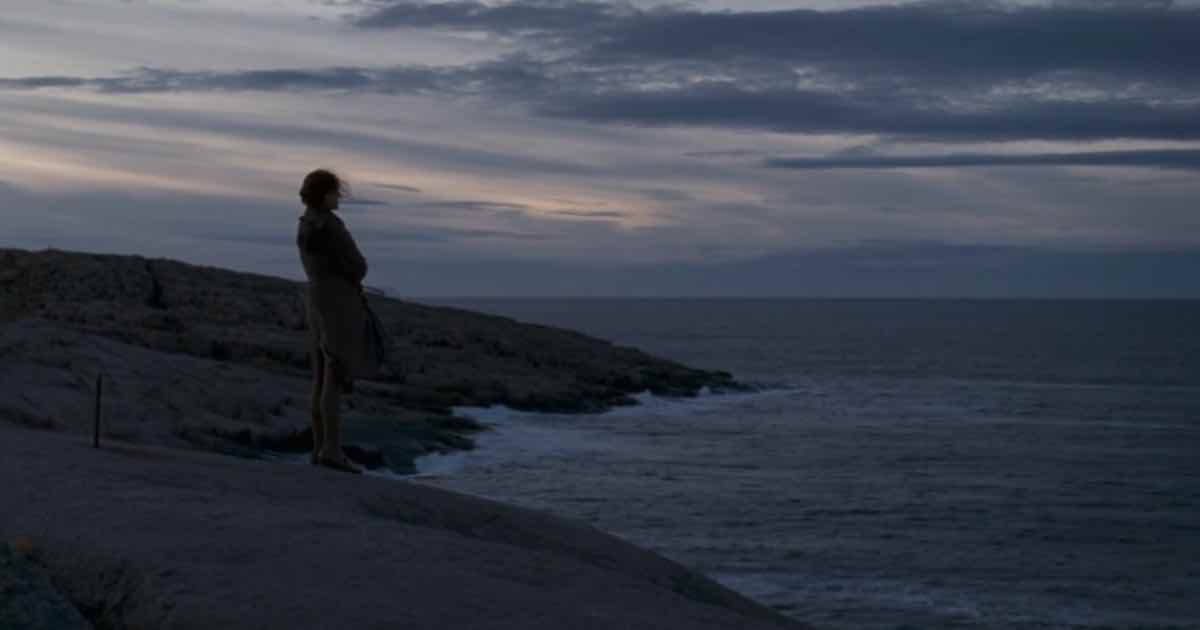
Andrey Zvyagintsev’s Leviathan is a damning critique on Putin’s Russia. It explores the dangerous intertwining of political, business, and religious establishments. At the same time, Zvyagintsev’s social criticism is so layered and he looks at the tragic human cost of these corrupt behaviors. Leviathan is a loose adaptation of The Book of Job, the biblical story about human suffering against a powerful, nefarious force. A simple car mechanic Kolia is the Job of this narrative. The powerless individual goes through a lot of trials and tribulations to save his land from the all-powerful state.
What’s fascinating about Zvyagintsev’s narrative is the way he enhances the emotional impact through a lyrical visual language. The filmmaker’s series of powerful images and interest in movie themes like faith, mortality, and suffering brings to mind the metaphysical imagery of Andrei Tarkovsky.
Conclusion
There we are! These are, arguably, some of the best Russian movies ever made. It’s a tough call to make an all-time greatest film list of a nation with such vast and rich cinematic history. There are definitely some significant titles I must have missed out. Aelita (1924), Alexander Nevsky (1938), Welcome or No Trespassing (1964), The Commissar (1967), The Red Snowball Tree (1974), They Fought for Their Country (1975), My Friend Ivan Lapshin (1984), Courier (1986), Little Vera (1988), and Khrustalyov My Car! (1989) are worth checking out once you’ve seen the above titles.
The modern Russian film industry makes its own share of genre blockbusters that ranges from comedy, war drama and super-hero action. Timur Bekmambetov’s Night Watch (2004) became the first big post-Soviet blockbuster cinema.

